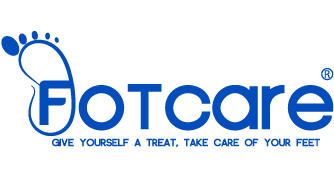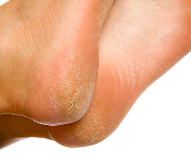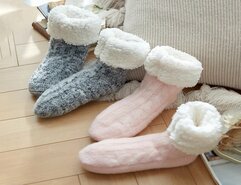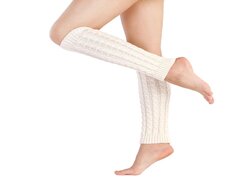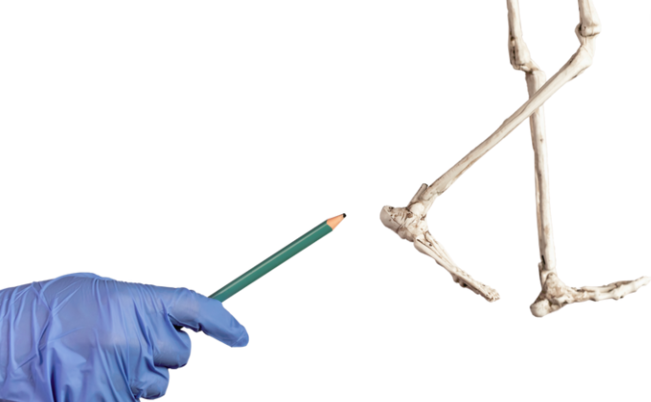THE FACTS ON ACHILLES TENDINITIS PAIN:
WHAT IS ACHILLES TENDINITIS?
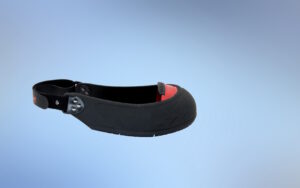
There Are Two Kinds of Achilles Tendinitis:
- Noninsertional happens when fibers in the middle of the Achilles tendon break down, swell up or thicken. It’s most common in younger, active people.
- Insertional happens in the lower part of your heel, where the Achilles tendon is attached or inserted into the heel bone. It can also be accompanied by heel spurs and may happen to anyone at any age, even if you’re not particularly active.
Both kinds may also include hardening in areas of the damaged tendon. Within the two kinds, there are two types: acute and chronic. The former can turn into the latter if you don’t manage the pain or if the stress on the Achilles tendon continues.
Only a doctor can accurately diagnose.
WHAT IS ACHILLES TENDINITIS?
According to the American Academy of Orthopedic Surgeons, there’s no specific injury that might cause the symptoms of Achilles tendinitis to appear. Rather, it’s caused when you put too much strain on the tendon by exercising too much or without giving your body a chance to warm up. Heel spurs and tight calf muscles can also cause Achilles tendon pain, which is why, for the latter, warming up and stretching before strenuous exercise is important.
DON’T LET ACHILLES PAIN STOP YOU IN YOUR TRACKS
Fotcare’s® doesn’t make a product specifically for achilles tendinitis, but we do offer several products to help you move with comfort while the achilles tendon heals. Fotcare’s Orthotics for Heel Pain help reduce the shock of heel impact. Fotcare’s Massaging Gel® Heel Cups help raise your heel, which shortens the tendon and takes pressure off it while reducing heel impact and keeping shoes from rubbing on your Achilles tendon.
If you think you have the symptoms of Achilles tendinitis, it’s important to talk to your doctor about your symptoms. He or she can not only diagnose the trouble but also provide treatment options that may include:

- Resting by either decreasing or even stopping pain-inducing activities
- Elevating your feet and legs to help reduce the strain
- Applying ice for up to 20 minutes several times per day as needed to help reduce any inflammation
- After the first 48 hours, apply mild heat to loosen the Achilles and promote healing
- Medication as directed by a doctor
- Special exercises or therapies to help strengthen calf muscles and reduce Achilles tendon strain
- Shoe inserts or orthotics that help reduce the shock of heel impact and relieve the Achilles tendon pain
- Heel cups or cushions to help raise your heel, which shortens the tendon and takes pressure off it while reducing heel impact and keeping shoes from rubbing on your Achilles tendon
EXPLORE MORE EXPERT ADVICE FROM Fotcare's
Related Symptoms & Conditions
Frequently Asked Questions
The Achilles tendon is located just above the back of the heel at the low back end of the calf. It connects the heel bone to the calf muscle. The Achilles tendon is the largest tendon in the body and plays an important role in the movement of our feet.
It is important that you ease into stretching of the Achilles to ensure you do not cause any trauma.
A basic calf stretch is very effective for stretching the Achilles tendon. Follow these steps:
1.) Using a wall to assist, position the leg you want to stretch straight behind you.
2.) Place the other leg in front of you with the knee bent towards the wall.
3.) Lean against the wall until you feel a gentle stretch and hold for 30-60 seconds.
4.) Repeat this stretch 3-5 times.
You can also stretch the Achilles tendon using the stairs as an aid following these steps:
1.) While placing your hands against a wall or on handrails for support, plant one foot firmly on a step.
2.) Place the other foot (the foot of the leg you’ll be stretching) so that the front of the foot is on the edge of the step with the heel hanging off.
3.) Slowly lower the heel below the step until you feel a gentle stretch. Hold the stretch for 30-60 seconds.
4.) Repeat the stretch 3-5 times.
Stop the exercise if you feel any discomfort and contact your healthcare provider if you have persistent or severe pain.
1.) Starting with your feet flat on the floor, slowly raise your heels off of the floor and hold for 5 seconds.
2.) Slowly lower your heels back to their original position.
3.) Repeat 20 times.
Another way to stretch the Achilles tendon while sitting is with a towel calf stretch.
1.) Start by sitting on the floor with your legs straight in front of you.
2.) Wrap a towel around the bottom of one foot. The towel should be placed at the ball of the foot, below the toes.
3.) Grasp the ends of the towel and with a straight back, gently pull the towel towards you until the foot comes off of the floor and you feel a gentle stretch. Hold the stretch for 5 seconds.
4.) Lower the foot back to the floor.
5.) Repeat this exercise 20 times on each leg.
Additional Resources
- https://www.healthline.com/health/achilles-tendinitis
- https://www.webmd.com/fitness-exercise/recovering-from-achilles-tendon-injury#1
- https://www.healthline.com/health/achilles-tendon-stretch#achilles-stretches
- https://www.webmd.com/fitness-exercise/stretch-achilles-tendon
- https://www.webmd.com/fitness-exercise/picture-of-the-achilles-tendon#1
- https://www.mayoclinic.org/diseases-conditions/achilles-tendinitis/diagnosis-treatment/drc-20369025
- https://www.ncbi.nlm.nih.gov/pmc/articles/PMC4655731/#:~:text=Patients%20with%20rupture%20of%20the,on%20the%20injured%20limb%20alone)
- https://www.mayoclinic.org/diseases-conditions/achilles-tendon-rupture/symptoms-causes/syc-20353234
- https://www.mayoclinic.org/diseases-conditions/achilles-tendinitis/symptoms-causes/syc-20369020
- https://www.webmd.com/fitness-exercise/stretch-achilles-tendon
- https://www.webmd.com/first-aid/rice-method-injuries
- https://mydoctor.kaiserpermanente.org/ncal/Images/achilles_tendonitis_tcm75-823281.pdf
- https://www.verywellfit.com/the-towel-calf-stretch-2696333
- https://www.mayoclinic.org/diseases-conditions/achilles-tendinitis/symptoms-causes/syc-20369020
- https://www.webmd.com/fitness-exercise/guide/achilles-tendon-injury#1
- https://www.britannica.com/science/Achilles-tendon
